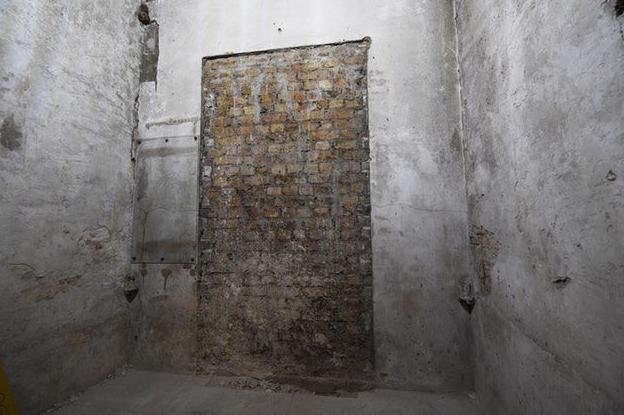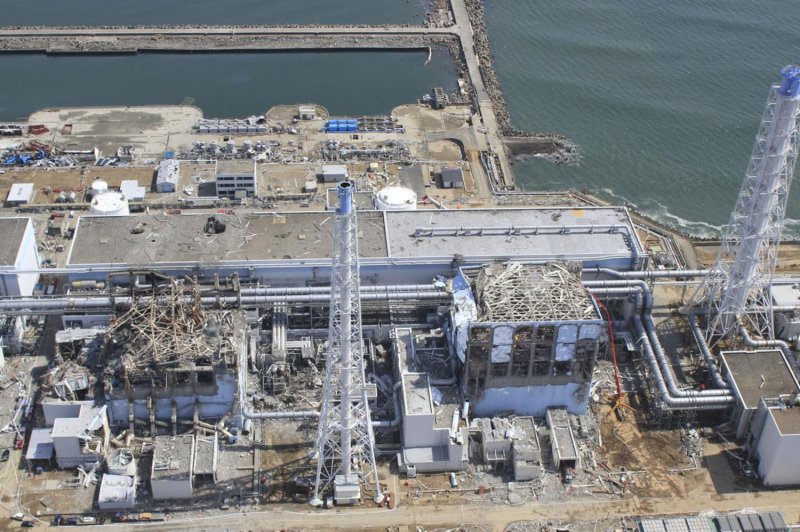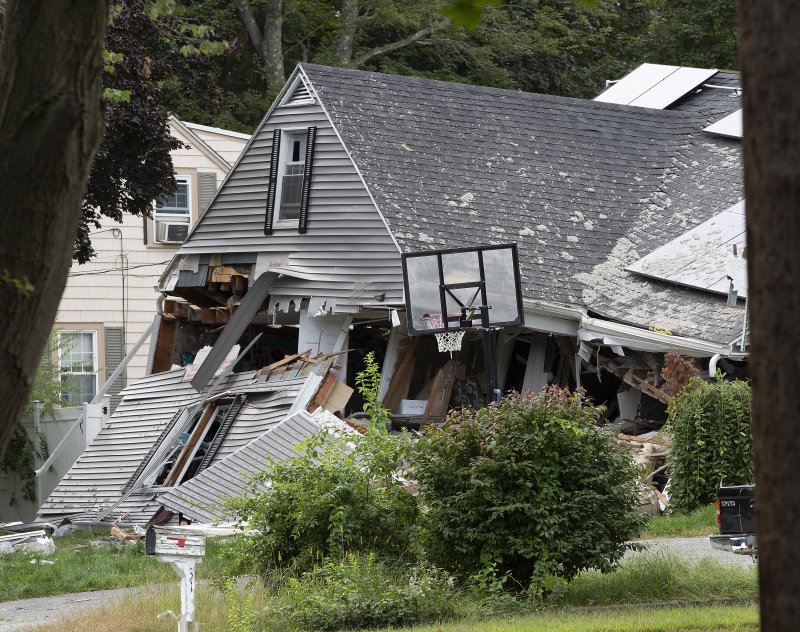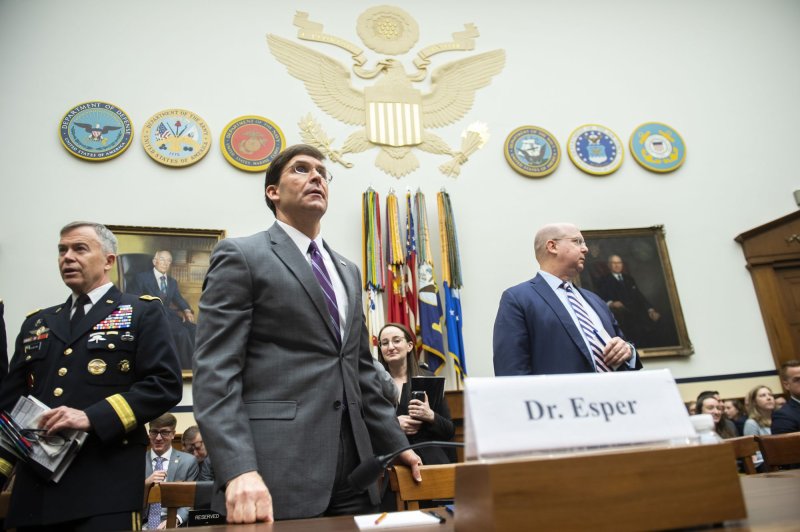Feb. 25 (UPI) -- Generic drug manufacturer Mallinckrodt announced a tentative $1.6 billion agreement Tuesday to settle thousands of claims brought against it in a sprawling lawsuit seeking financial compensation from pharmaceutical companies over their role in the ongoing opioid crisis.
Mallinckrodt, the United States' largest generic opioid manufacturer, said in a statement that the money will be paid into a trust over eight years and will cover the costs of opioid-addiction treatments and related efforts.
"In terms of next steps, the company is engaging with plaintiffs to finalize the details and satisfy the terms of the agreement in principle," the company's statement read. "Mallinckrodt intends to work through this process as quickly and efficiently as possible."
The company said its generic drug manufacture subsidiary will file for bankruptcy and once it emerges from the Chapter 11 process, the agreement, if finalized, will go into effect.
Mallinckrodt, the United States' largest generic opioid manufacturer, said in a statement that the money will be paid into a trust over eight years and will cover the costs of opioid-addiction treatments and related efforts.
"In terms of next steps, the company is engaging with plaintiffs to finalize the details and satisfy the terms of the agreement in principle," the company's statement read. "Mallinckrodt intends to work through this process as quickly and efficiently as possible."
The company said its generic drug manufacture subsidiary will file for bankruptcy and once it emerges from the Chapter 11 process, the agreement, if finalized, will go into effect.
RELATED Dental patients in the ER get too many antibiotics, opioids, study says
The agreement, it added, was reached by a court-appointed executive committee representing the thousands of communities that have sued pharmaceutical firms over the country's ongoing opioid crisis.
It said the agreement was supported by 47 state and U.S. territory attorneys general.
The settlement comes as part of the National Presumption Opiate Litigation lawsuit out of Ohio against manufacturers of opioids, alleging they "grossly misrepresented the risks of long-term use" of their drugs by people with chronic pain, fueling the public health situation.
RELATED Study: Alcohol-linked deaths soar in U.S., hit women hardest
"Reaching this agreement in principle for a global opioid resolution and the associated debt refinancing activities announced today are important steps toward resolving the uncertainties in our business related to the opioid litigation," Mallinckrodt President and CEO Mark Trudeau said in a statement. "Importantly, when finalized, we believe the proposed settlement and capital restructuring activities will provide us with a clear path forward to achieving our long-term strategy, preserving value for our financial stakeholders and providing us with the flexibility to operate effectively."
California Attorney General Xavier Becerra said Mallinckrodt has also agreed to tightened restrictions on its future opioid business that will bar it from marketing its opioids and control its distribution so the pain medicine won't end up in the wrong hands.
"Nothing can undo the devastating loss and grief inflicted by the opioid epidemic upon victims and their families, but this settlement with Mallinckrodt is an important step in the process of healing our communities," Becerra said in a statement. "Our office has worked aggressively with our coalition partners to hold accountable bad actors who fueled this public health crisis. While today's settlement is a step in the right direction, we'll continue to work to bring more much-needed relief to families throughout California whose lives have been upended by the opioid crisis."
RELATED 1 in 4 opioid overdoses involves children, teenagers
According to the U.S. Centers for Disease Control and Prevention, in 2017, more than 70,000 people died in the United States from drug overdose with 68 percent of those deaths related to prescription or illicit opioids.
Mallinckrodt's global settlement in the Ohio lawsuit follows agreements in separate cases last year by OxyContin maker Purdue Pharma, Teva Pharmaceutical and Johnson & Johnson.









